This article was co-authored by Lisa Bryant, ND. Dr. Lisa Bryant is Licensed Naturopathic Physician and natural medicine expert based in Portland, Oregon. She earned a Doctorate of Naturopathic Medicine from the National College of Natural Medicine in Portland, Oregon and completed her residency in Naturopathic Family Medicine there in 2014.
There are 11 references cited in this article, which can be found at the bottom of the page.
wikiHow marks an article as reader-approved once it receives enough positive feedback. In this case, 83% of readers who voted found the article helpful, earning it our reader-approved status.
This article has been viewed 993,380 times.
Warts are unsightly growths that are caused by the human papillomavirus, and they can be hard to get rid of! One of the best-known home remedies for treating warts is duct tape. In a practice called duct tape occlusion therapy (DTOT), you cover your wart for an extended period of time with duct tape, then use a rough object to scrub the dead skin off of the wart. Then, you leave the wart exposed to air for a few hours, and reapply new duct tape. You’ll have to repeat the process until the wart is gone, which may take up to 2 months. It might not work for every wart, but it’s a safe and cheap option that you can try.
Steps
Covering the Wart
-
1Wash and dry the wart and the skin around it. Use warm water and a mild soap to cleanse the wart and the skin around it. Then, rinse the soap away. Dry the skin with a clean, dry towel after washing it. Ensuring that the skin around the wart is clean and dry will make it more likely that the tape will stick and stay put.
- Moisture under the duct tape will cause the adhesive to weaken and the tape to fall off, so make sure that your skin is completely dry.
-
2Apply wart removal medication if you want to speed up the process. Choose a medicine for wart removal that contains salicylic acid. Salicylic acid in high concentrations will cause the wart to die. You can find salicylic acid wart removal medications in the foot care section of a drug or grocery store. Apply the medication directly to the wart before you cover it with duct tape. Try to avoid getting the medication on the skin around it. The medicine will cause the skin to die and turn white.[1]
- Make sure to follow the manufacturer’s instructions for how to use the medicine.
- This is optional, but it might help to make the duct tape therapy go faster. Using duct tape alone to get rid of the wart may take up to 8 weeks.
Advertisement -
3Cover the wart with a small square of silver duct tape. Cut a small square of silver duct tape. You only need a piece that is large enough to cover the wart and stick to the surrounding skin. Place this duct tape over the wart and then press the tape firmly against the skin to ensure good adhesion.[2]
- Don’t use clear duct tape. This duct tape isn’t as effective as the silver kind.[3]
Tip: You can use plain silver duct tape, or choose a decorative opaque duct tape to cover a wart. If you’re treating a child’s wart, letting them choose the duct tape might make them more likely to keep it on.[4]
-
4Leave the tape on for 6 days. If the duct tape falls off or starts to come loose on the edges, replace it as soon as you can. It’s crucial to keep the wart covered with the duct tape to cut off its air and light supply. This will help to kill the wart.[5]
- You might notice that the wart appears white and the skin around it looks wrinkled. This is normal and it means the duct tape is working.
Removing the Wart
-
1Remove the duct tape on the evening of the sixth day. After 6 full days of wearing a duct tape patch, remove it to check on the wart. The wart should appear white and the skin around it may look somewhat white and wrinkled as well.[6]
- If the wart appears irritated or worse than it was before, stop using duct tape and make an appointment to see a doctor or dermatologist.
-
2Soak the wart in warm water for 5 to 10 minutes. Use a soft cloth soaked in warm water to soak the wart, or immerse the affected area in a bowl, wash basin, or bathtub. Warm water softens the skin and this will make it easier to exfoliate and rub away the dead tissue.[7]
-
3Scrape the wart with an emery board or pumice stone. Rub the surface of the wart gently to slough off the dead skin. Do this for about 1 minute or longer if needed. However, stop if you feel pain at any point while you are doing this.[8]
- By scraping the wart with a mild abrasive, you will be filing the dead wart tissue away. This process is called "debriding" (removing dead material).
- Do not reuse the emery board or pumice stone. Warts are contagious and reusing the item may spread the virus to other parts of your body.
Tip: You can also use fine-grit sandpaper to debride the wart. Purchase a sheet of 200-grit or higher sandpaper at your local hardware store and cut off a small piece of it to debride the wart. Then, throw away the piece of sandpaper and use a new piece next time.[9]
-
4Leave the wart exposed overnight and then reapply the duct tape. It’s important to give your skin a chance to dry out before you repeat the treatment. You can leave your skin exposed overnight or for a few hours during the daytime. After you finish airing out the skin, apply another piece of duct tape to the wart just as you did before.[10]
- Avoid exposing the wart to sunlight while you air it out as this may cause it to increase in size.
-
5Repeat the process until the wart is gone. Continue to leave the duct tape on for 6 days and remove the duct tape every sixth evening. After you do this, soak the wart, debride it, and leave the skin exposed overnight. Then, apply duct tape to the wart and start the process over again. Over time, the wart will decrease in size until it’s gone.[11]
- If your wart doesn't get better after 2 months or seems to get worse, see a doctor. You may have an especially hardy wart. Luckily, there are other options for wart removal, including salicylic acid, cryotherapy, medications, and surgery.[12]
Expert Q&A
Did you know you can get expert answers for this article?
Unlock expert answers by supporting wikiHow
-
QuestionCan the duct tape treatment be used in conjunction with the "wart cushion?"
 Lisa Bryant, NDDr. Lisa Bryant is Licensed Naturopathic Physician and natural medicine expert based in Portland, Oregon. She earned a Doctorate of Naturopathic Medicine from the National College of Natural Medicine in Portland, Oregon and completed her residency in Naturopathic Family Medicine there in 2014.
Lisa Bryant, NDDr. Lisa Bryant is Licensed Naturopathic Physician and natural medicine expert based in Portland, Oregon. She earned a Doctorate of Naturopathic Medicine from the National College of Natural Medicine in Portland, Oregon and completed her residency in Naturopathic Family Medicine there in 2014.
Licensed Naturopathic Physician
-
QuestionDoes this work for plantar warts?
 Lisa Bryant, NDDr. Lisa Bryant is Licensed Naturopathic Physician and natural medicine expert based in Portland, Oregon. She earned a Doctorate of Naturopathic Medicine from the National College of Natural Medicine in Portland, Oregon and completed her residency in Naturopathic Family Medicine there in 2014.
Lisa Bryant, NDDr. Lisa Bryant is Licensed Naturopathic Physician and natural medicine expert based in Portland, Oregon. She earned a Doctorate of Naturopathic Medicine from the National College of Natural Medicine in Portland, Oregon and completed her residency in Naturopathic Family Medicine there in 2014.
Licensed Naturopathic Physician
-
QuestionWill it still work if the duct tape gets wet in the bath?
 Lisa Bryant, NDDr. Lisa Bryant is Licensed Naturopathic Physician and natural medicine expert based in Portland, Oregon. She earned a Doctorate of Naturopathic Medicine from the National College of Natural Medicine in Portland, Oregon and completed her residency in Naturopathic Family Medicine there in 2014.
Lisa Bryant, NDDr. Lisa Bryant is Licensed Naturopathic Physician and natural medicine expert based in Portland, Oregon. She earned a Doctorate of Naturopathic Medicine from the National College of Natural Medicine in Portland, Oregon and completed her residency in Naturopathic Family Medicine there in 2014.
Licensed Naturopathic Physician
Warnings
- Don’t try this treatment without speaking to your doctor first if you have a weakened immune system, diabetes, or poor sensation in your feet (if the wart is on your foot).[14]⧼thumbs_response⧽
- Never scratch or pick at a wart. Warts are contagious and this may cause them to spread to other parts of your body.[15]⧼thumbs_response⧽
References
- ↑ https://healthcare.utah.edu/the-scope/shows.php?shows=0_500ts0b3
- ↑ https://www.uofmhealth.org/health-library/d89538019
- ↑ https://www.health.harvard.edu/diseases-and-conditions/how-to-get-rid-of-warts
- ↑ https://healthcare.utah.edu/the-scope/shows.php?shows=0_500ts0b3
- ↑ https://www.uofmhealth.org/health-library/d89538019
- ↑ https://health.clevelandclinic.org/weird-wart-home-remedies-and-what-works/
- ↑ https://www.mayoclinic.org/diseases-conditions/plantar-warts/diagnosis-treatment/drc-20352697
- ↑ https://www.mayoclinic.org/diseases-conditions/plantar-warts/diagnosis-treatment/drc-20352697
- ↑ https://health.clevelandclinic.org/weird-wart-home-remedies-and-what-works/
- ↑ https://www.mayoclinic.org/diseases-conditions/plantar-warts/diagnosis-treatment/drc-20352697
- ↑ https://www.mayoclinic.org/diseases-conditions/plantar-warts/diagnosis-treatment/drc-20352697
- ↑ https://www.health.harvard.edu/diseases-and-conditions/how-to-get-rid-of-warts
- ↑ https://www.aad.org/public/kids/skin/warts/how-to-get-rid-of-warts
- ↑ https://www.mayoclinic.org/diseases-conditions/plantar-warts/diagnosis-treatment/drc-20352697
- ↑ https://www.aad.org/public/kids/skin/warts/how-to-get-rid-of-warts

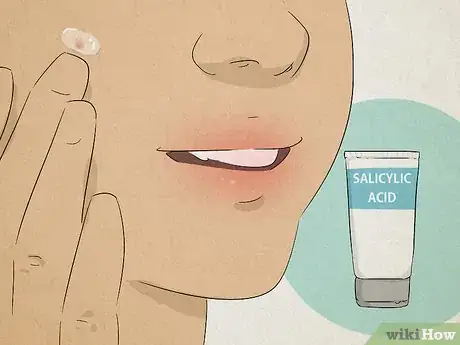
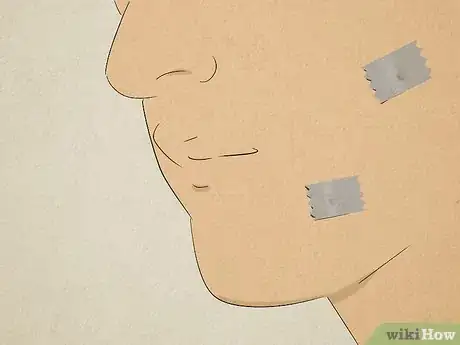

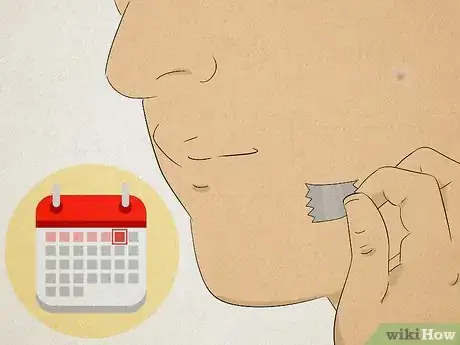

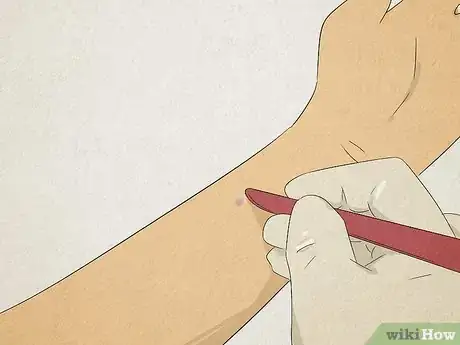
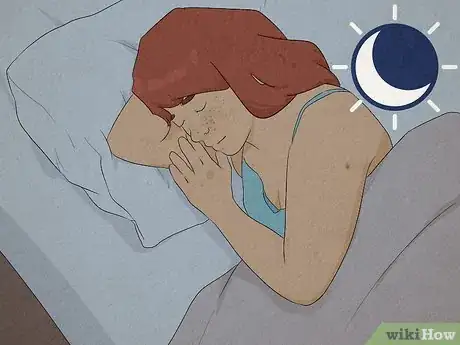
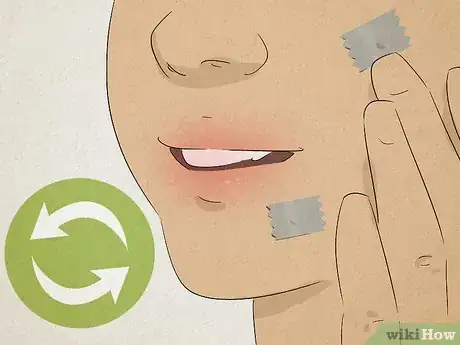
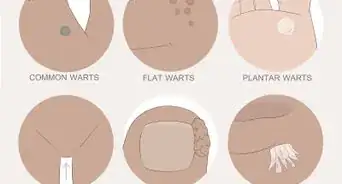
-Step-17.webp)


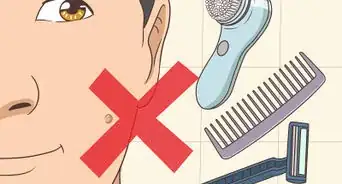
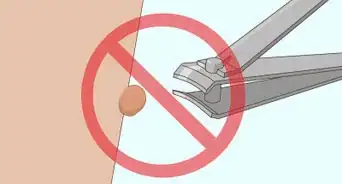

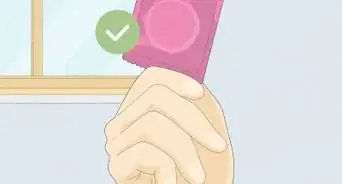
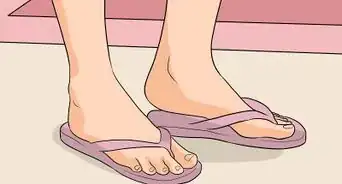
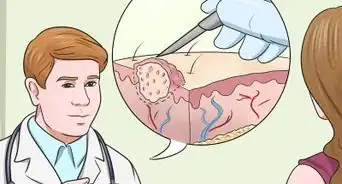



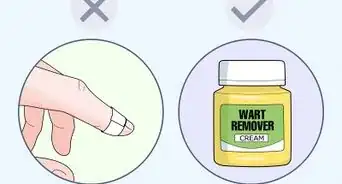









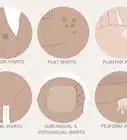
-Step-17.webp)

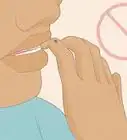




































Medical Disclaimer
The content of this article is not intended to be a substitute for professional medical advice, examination, diagnosis, or treatment. You should always contact your doctor or other qualified healthcare professional before starting, changing, or stopping any kind of health treatment.
Read More...